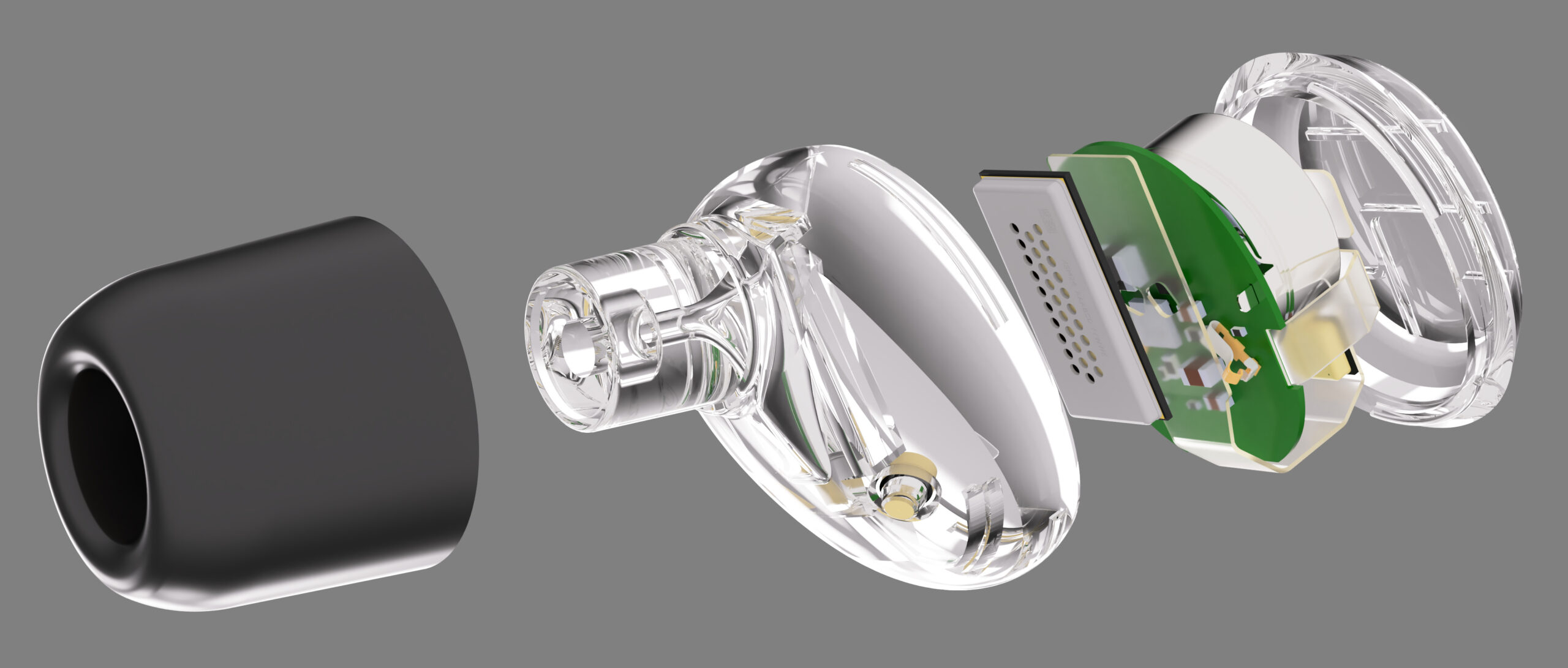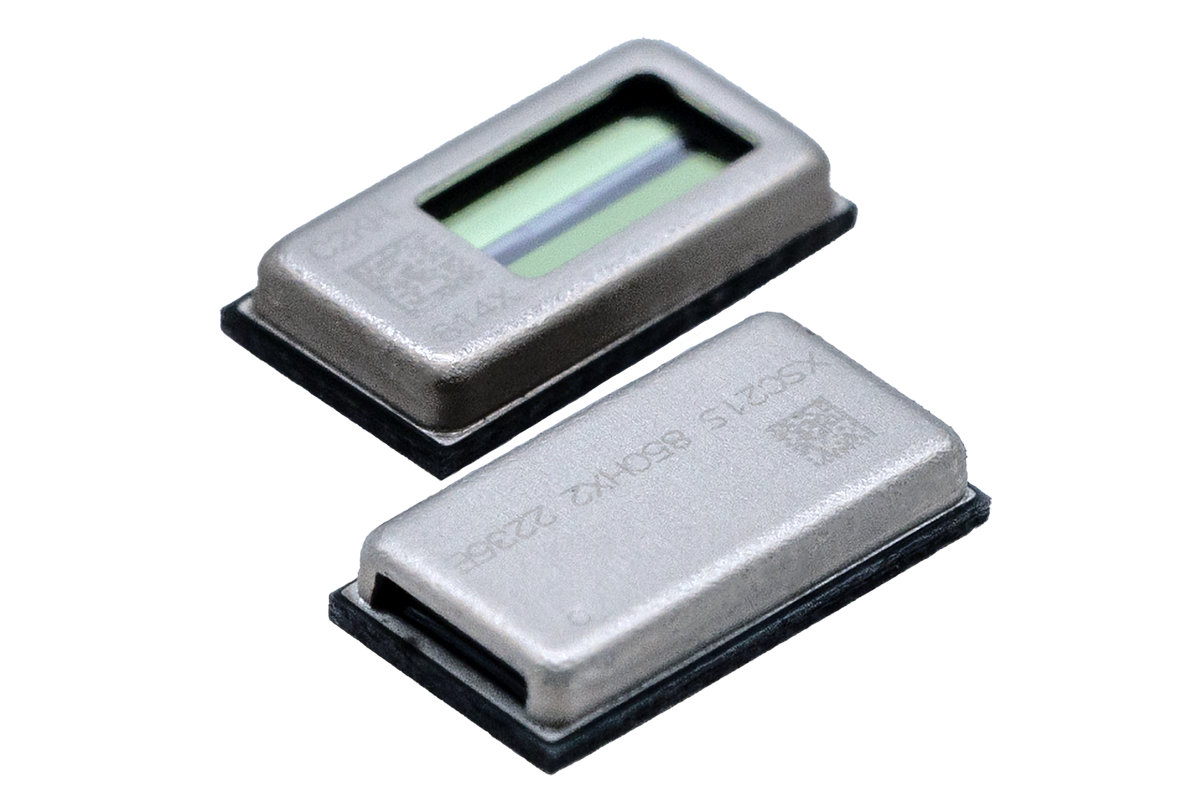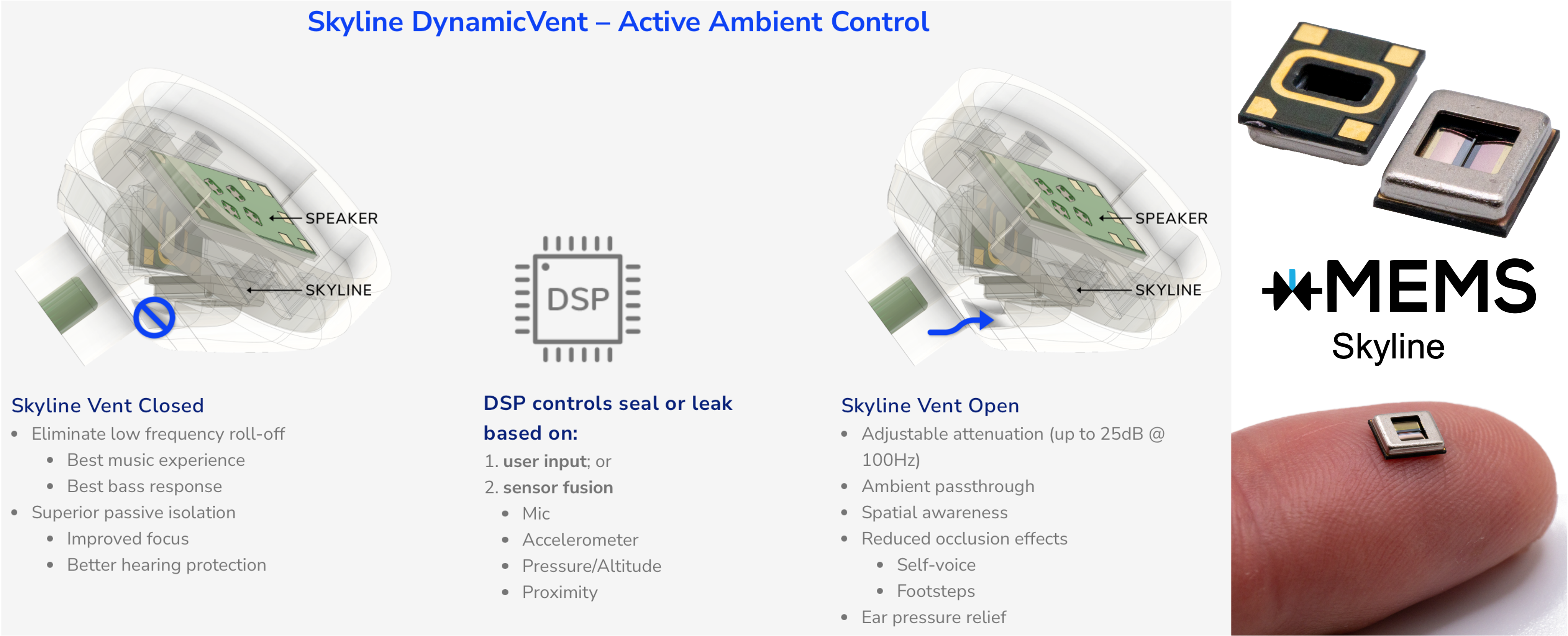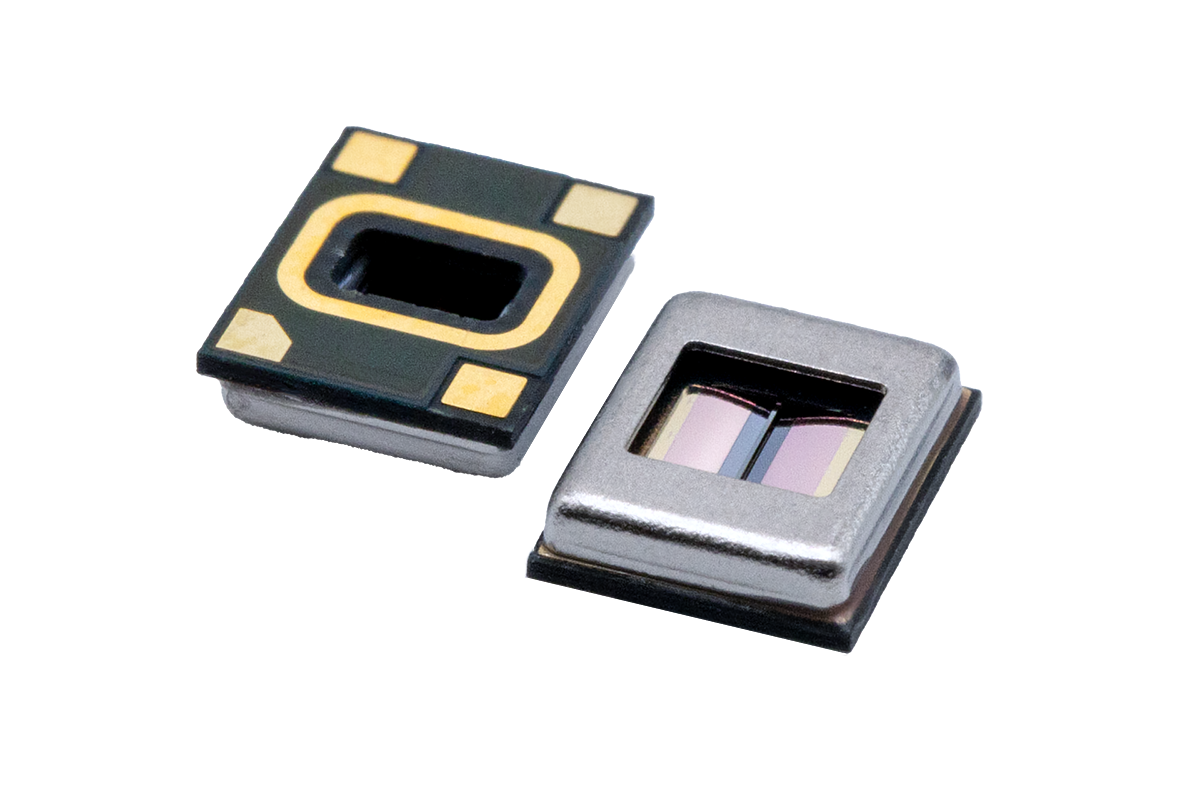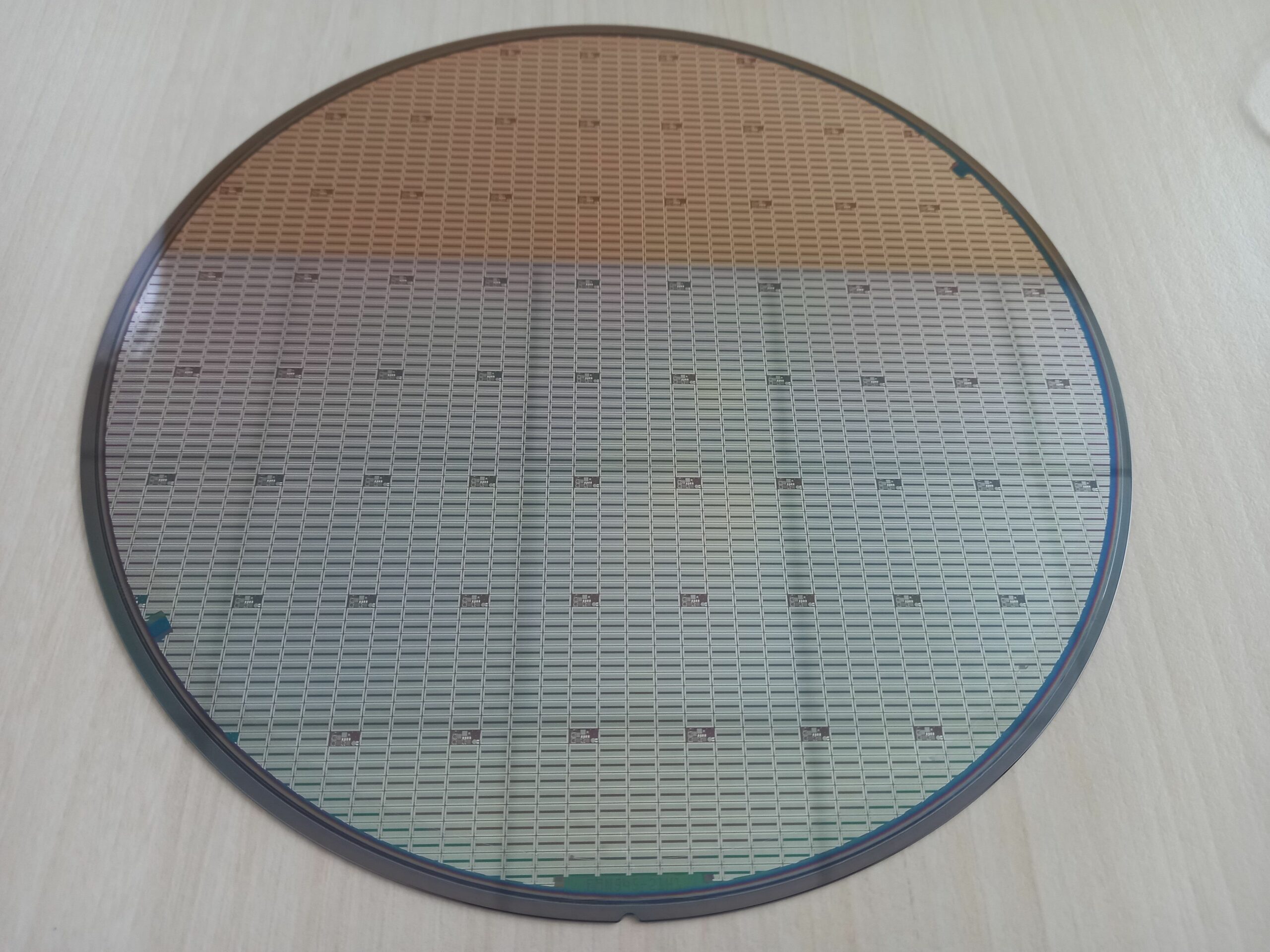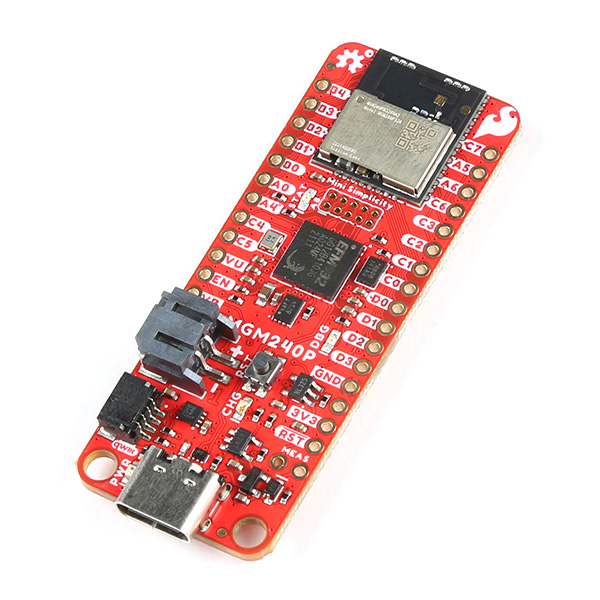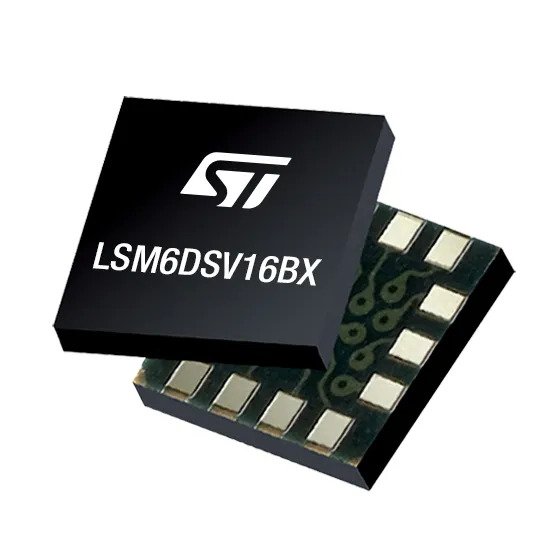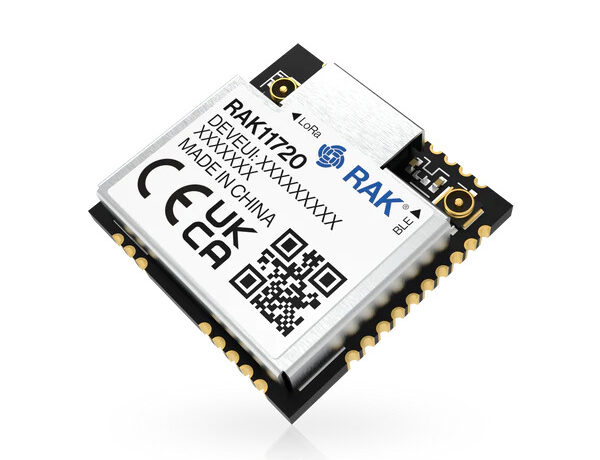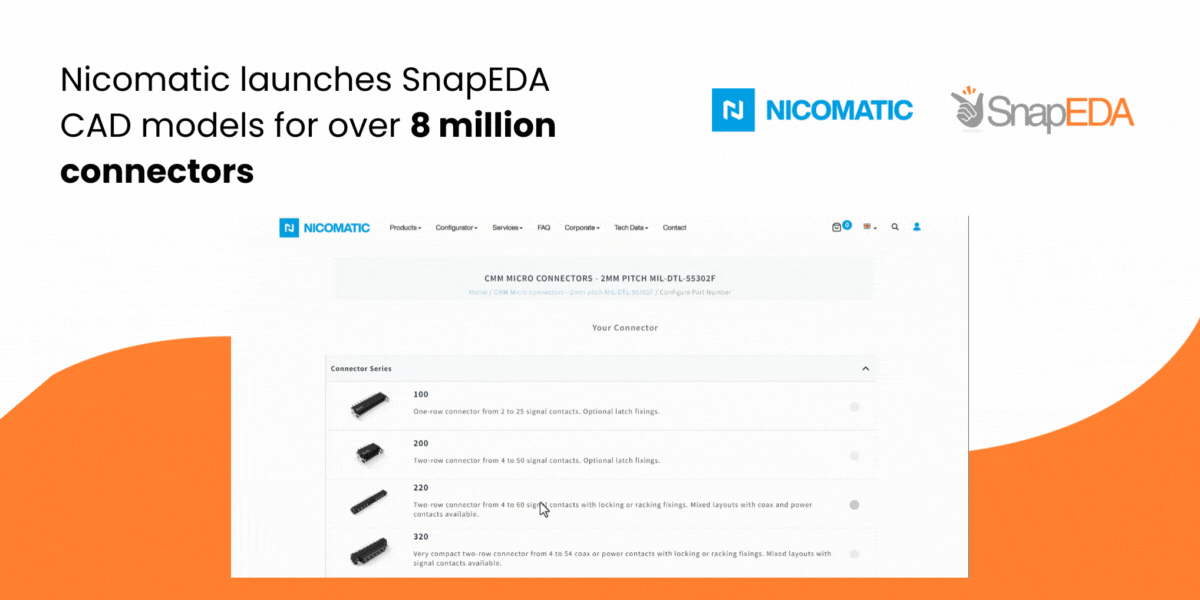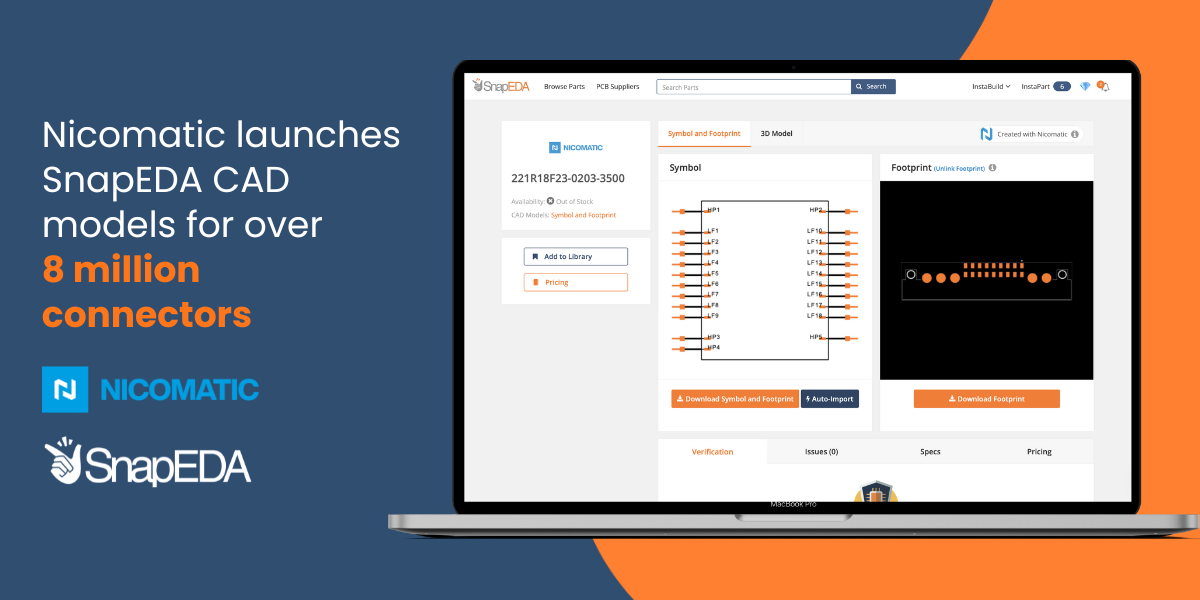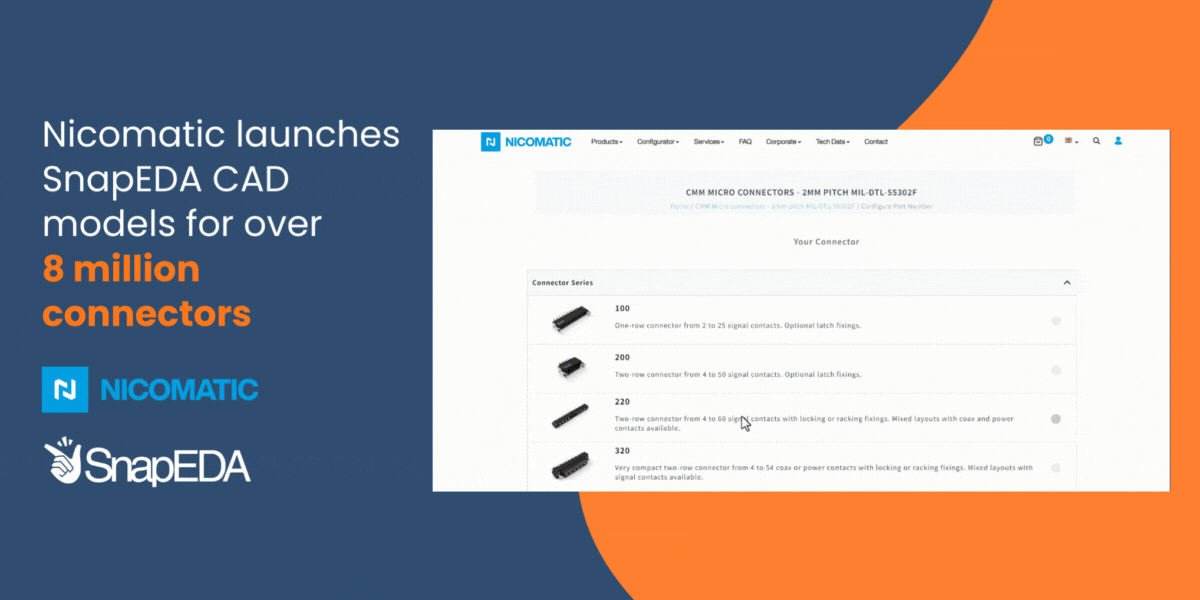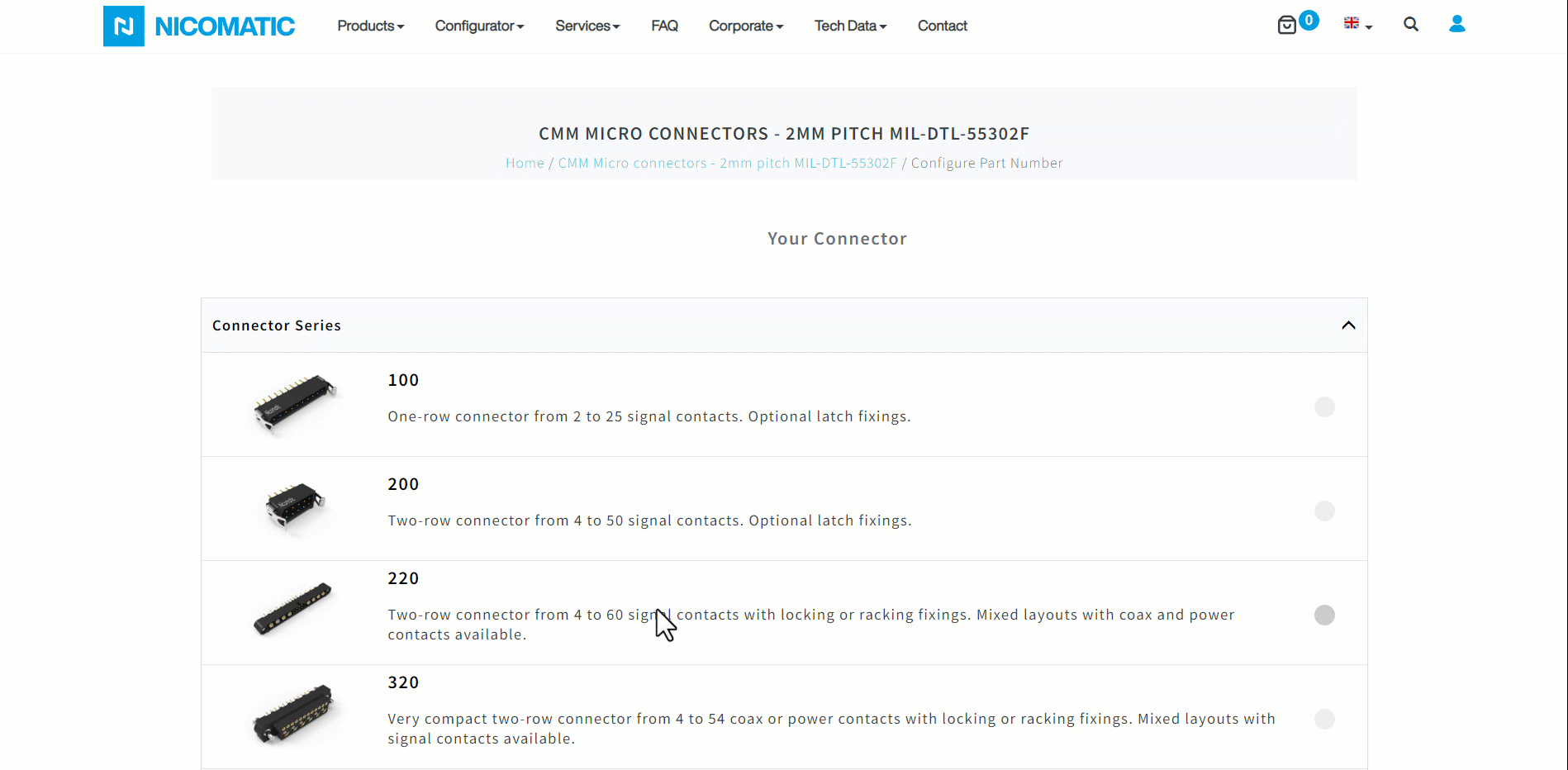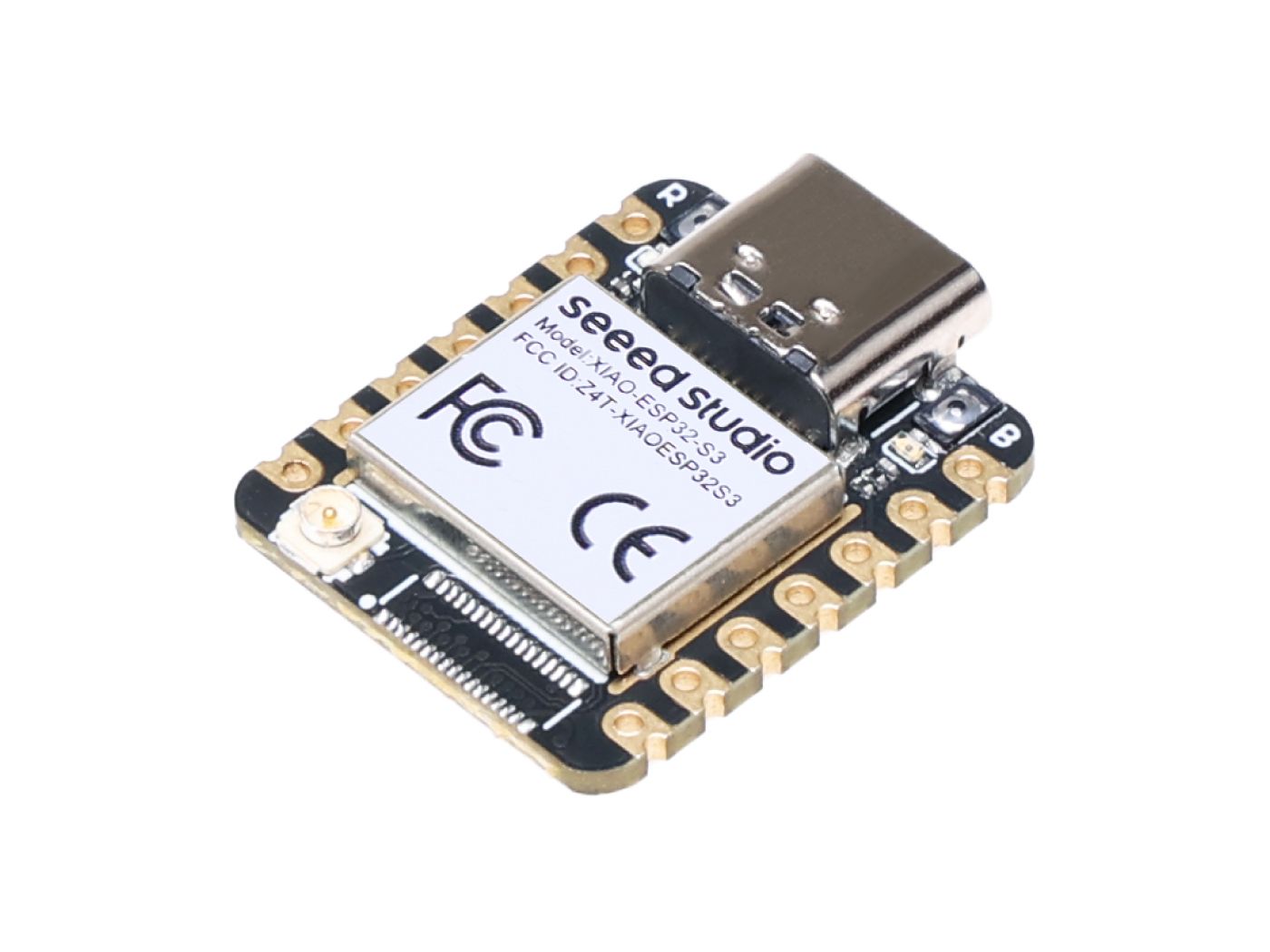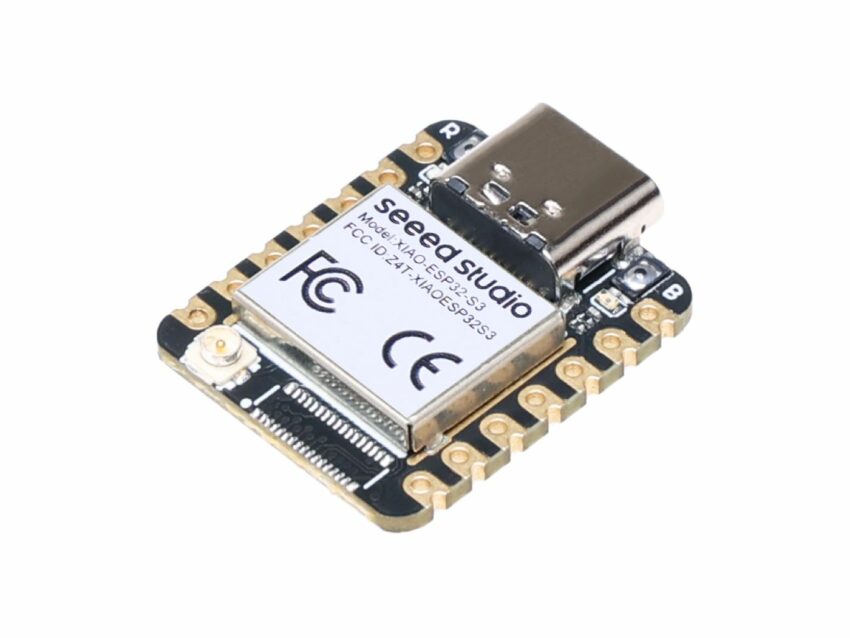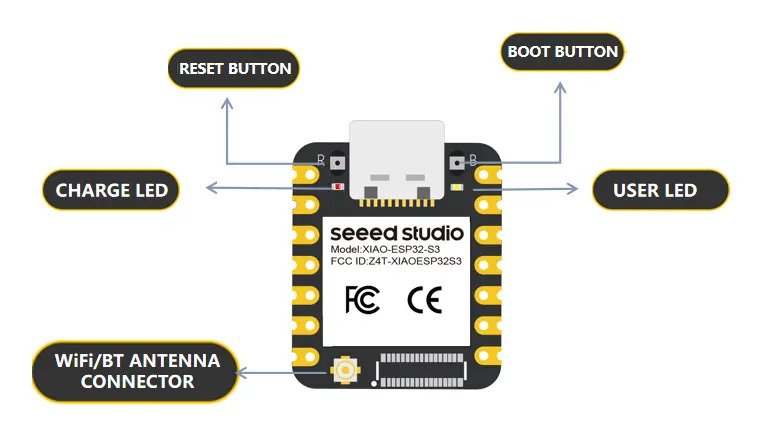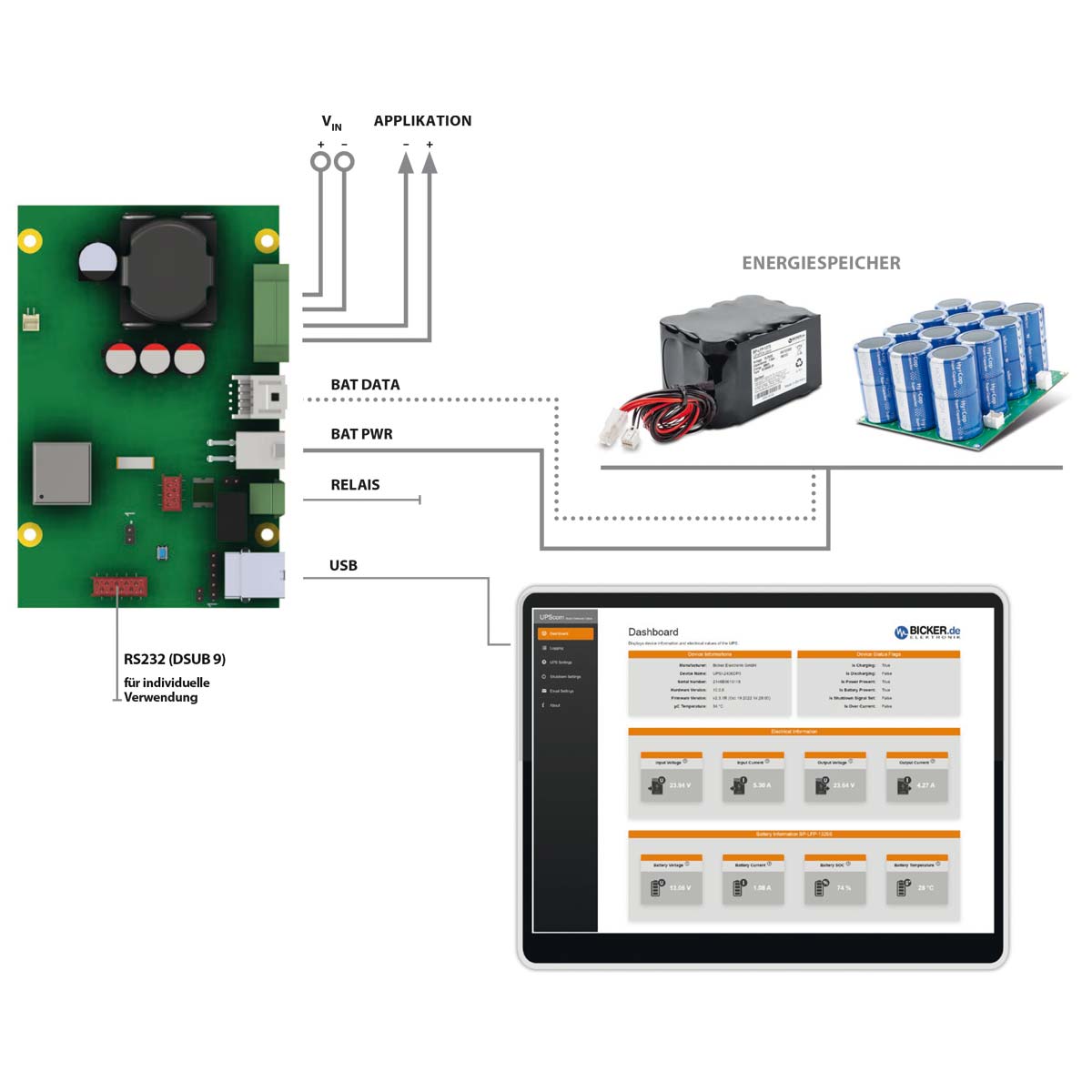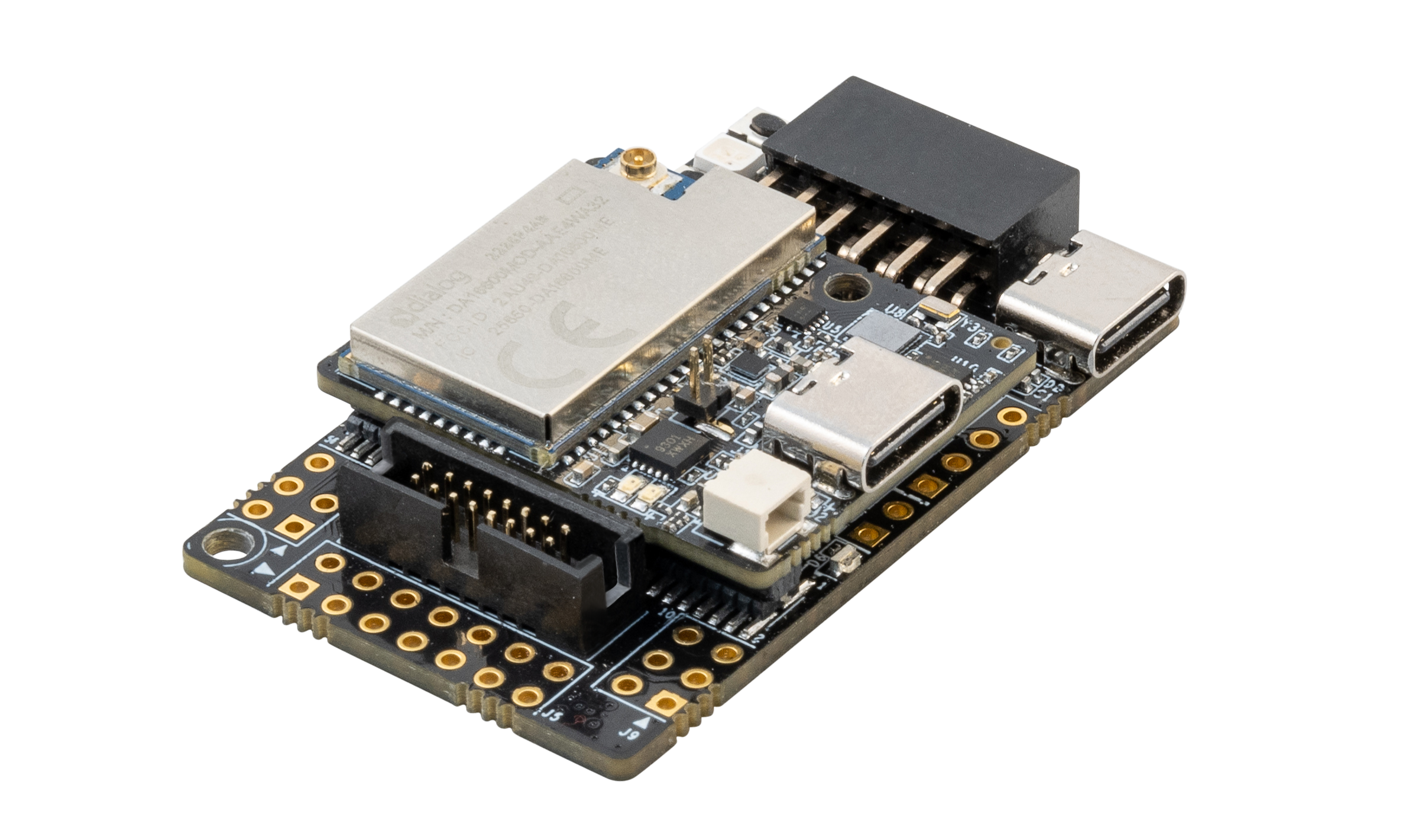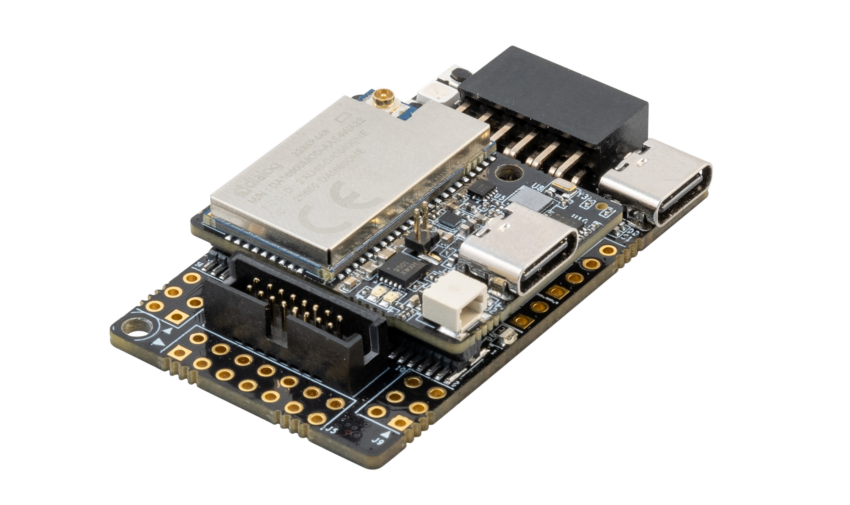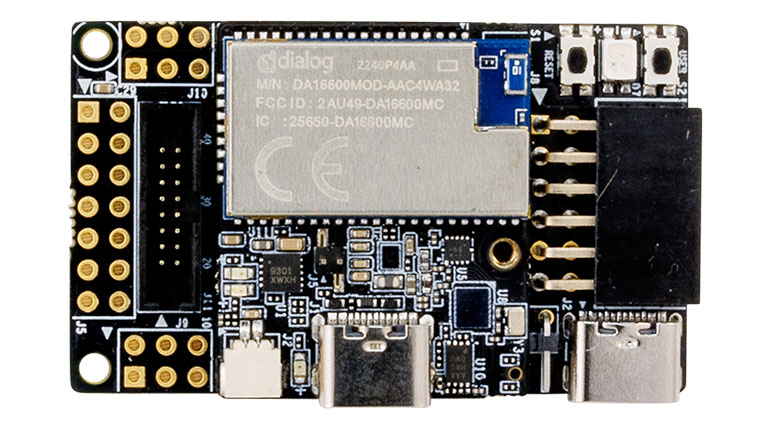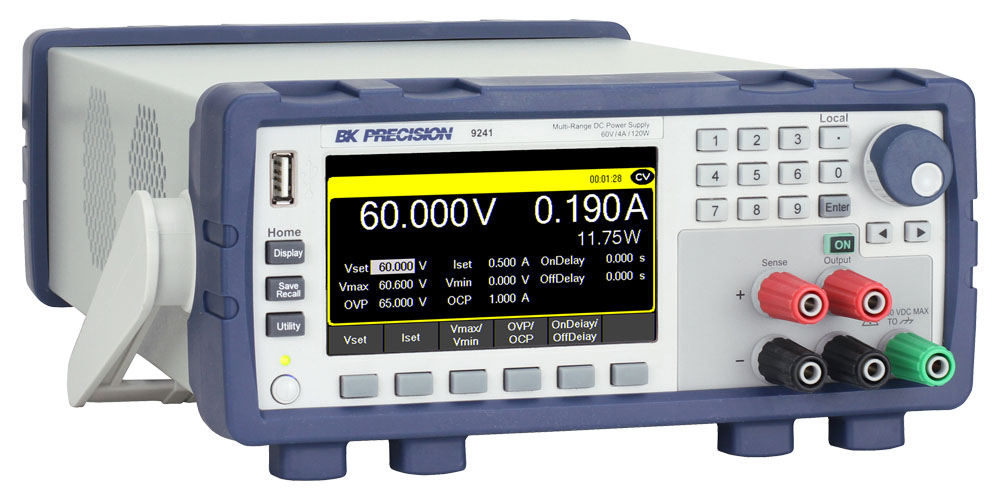xMEMS Labs, pioneers in Solid-State Fidelity, today announced the general availability of three revolutionary solutions for immediate integration into next-generation true wireless (TWS) earphones, in-ear-monitors (IEMs), digital hearing aids, and other emerging personal audio electronics, including smart glasses and sleep buds.
xMEMS Labs’ patented silicon-based speaker technology is slated to replace century-old coil speakers, allowing for high-volume, reliable mass production of solid-state speakers using semiconductor fabrication methods and resulting in more precise, higher fidelity, high-resolution audio.
“Since our first product release, we have been overwhelmed by the audio industry’s appreciation of Solid-State Fidelity,” said Mike Housholder, VP of Marketing and Business Development of xMEMS. ”Unlike conventional coil speakers, our speakers are monolithic, with silicon membranes offering far better material stiffness and exponentially faster impulse response than conventional speakers, resulting in the superior sound performance of xMEMS Solid-State Fidelity technologies.”
In fact, the xMEMS silicon membrane architecture has shown to be 95 times stiffer, offering improved clarity and eliminating the muddy midrange and treble response created by traditional speaker membrane materials.
The silicon architecture also delivers 150 times faster impulse response than traditional designs, offering the most pulse-true and accurate sound reproduction, which is not possible with the slow attack and decay of coil architectures.
With the announcement, xMEMS Labs has begun shipping three unique solid-state fidelity solutions:
- Cowell, now starting mass production shipments, is the world’s smallest solid-state micro speaker, delivering superior high-frequency response and clarity, plus a wider sound stage, for TWS earphones and hearing aids.
- Montara Plus, the world’s highest output MEMS micro speaker, is capable of sound pressure levels up to 120 dB @ 200 Hz making it an ideal full-bandwidth transducer for audiophile-level, high-resolution in-ear monitors, creating a path to smaller, lighter, simpler IEM designs without the phase alignment and design complexities of multi-driver IEM implementations.
- Skyline DynamicVent, the world’s first piezoMEMS, DSP-controllable vent blends the benefits of open- and closed-fit earbuds and hearing aids. Skyline ushers in a new era of active ambient control (AAC), offering enhanced adaptive ANC and transparency mode implementations with reduced occlusion effects, eliminating the uncomfortable amplification of one’s own voice or footsteps when their ears are covered.
xMEMS Solid-State Fidelity technology dramatically advances the shift to all-silicon audio systems. This transition started to gain traction in 2007, when MEMS microphones accounted for just 5% of the total microphone market. By 2022 the share was more than 80%*. xMEMS is leading a similar transition for the speaker.
“The market for MEMS micro speakers is expected to follow a similar trajectory to MEMS microphones,” said Peter Cooney, founder of SAR Insight. “Consumer demand for high-resolution, spatial, lossless streaming audio represents a generational shift in audio content that requires a similar evolution in sound reproduction. Solid-state fidelity is able to create a more accurate reproduction of the source audio and a vastly superior listening experience.”
This is accomplished using thin-film piezo technology as the speaker actuator, replacing the coil and magnet, which when combined with silicon as the speaker diaphragm instead of plastic or paper creates the world’s first solid-state speaker. Unlike traditional coil speakers used in electronics, xMEMS micro speakers utilize standard semiconductor processes and packaging so they can be produced rapidly, uniformly, and cost-effectively at scale.
The result is a high-performing speaker that is about 1/10th the weight and 40 percent the size of a similar coil speaker. And with no moving parts, an xMEMS solid-state micro speaker is more reliable and durable than prior technologies, even meeting IP58 standards of protection from dust and sweat.
“Solid-State Fidelity and a monolithic architecture not only provide the best listening experience, they also create the most robust speakers in the industry,” Housholder continued.
Because of their architecture, Solid-State Fidelity earbuds can survive harsh conditions, like going through a washing machine and dryer when left in a user’s pocket.
“Solid-state fidelity is a game-changer,” Housholder concluded. “Until now, speakers remained one of the few electronic components unimproved by silicon technology. xMEMS true solid-state micro speakers are now here to fundamentally change the way people experience sound.”
For more information about xMEMS and its solid-state fidelity solutions, visit xmems.com.


